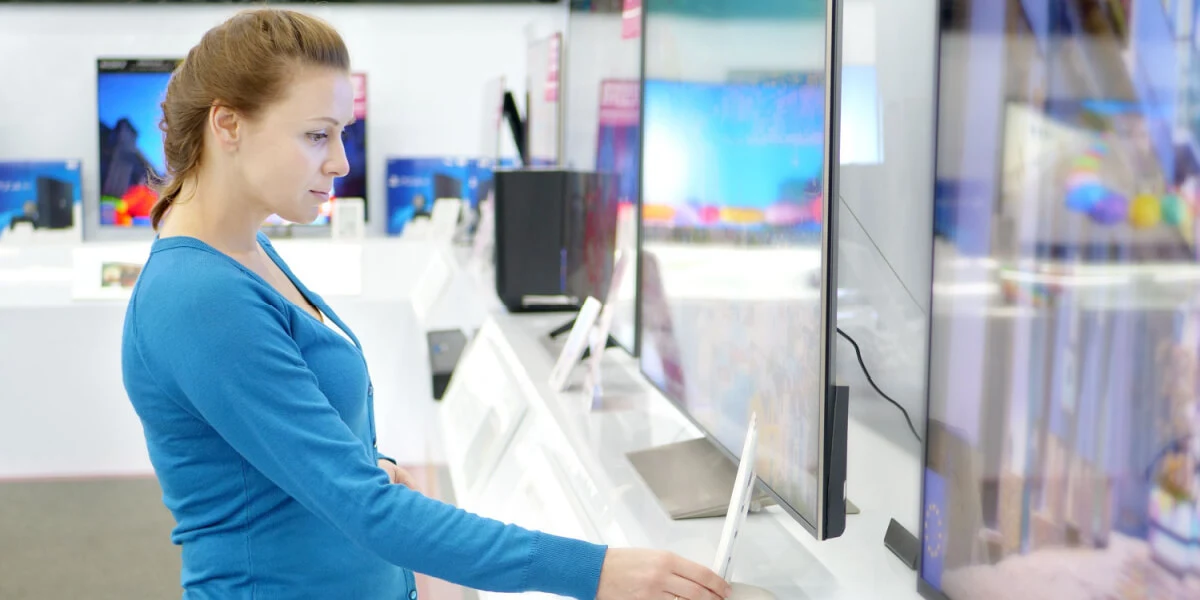Smart homes, smarter cities: Real-world impact of AI, cloud, and IoT

From smart homes that anticipate our needs and adjust lighting and temperature automatically to connected cars that deliver safer, data-driven driving experiences, IoT is transforming everyday life. Behind this shift, a powerful duo is at play—AI and cloud computing. Together, they’re unlocking new levels of innovation, making IoT devices smarter, more efficient, and better at adapting to real-time needs.
IoT applications are creating smarter cities with optimized traffic flows, revolutionizing healthcare with real-time patient monitoring, and even making agriculture more precise and sustainable. This blog explores real-world examples of how AI and cloud integration is taking IoT from concept to reality—and changing the way we live in the process.
Read more: AI vision-based systems: The future of pedestrian intent prediction
AI in the real world: Making IoT smarter
Let’s explore some of the promising AI-powered innovations across a range of IoT applications.
Video surveillance – AI in IoT applications leverages ML algorithms and turns video feed from cameras into real-time actionable insights, recognizing people, detecting objects and identifying events automatically.
Monitoring traffic – Computer vision-based AI systems can automatically detect stopped vehicles, accidents, traffic violations, and more, enhancing safety and efficiency on the roads with real-time traffic analysis.
Read more: How intelligent transport systems help to build smart cities
Smart buildings – IoT sensors have become the building blocks of smart buildings, detecting room occupancy in real-time. These systems efficiently improve employee safety and security.
Robotics – IoT-based intelligent robots offer diverse forms of assistance to humans and play a pivotal role in various IoT applications, including facial recognition, big data analytics, deep learning, and more.
Cloud-powered IoT applications: Everything smart
Cloud solutions have a diverse range of IoT applications. Let’s dive deeper.
Smart energy and smart grid – Smart gadgets like solar farm monitoring systems are reducing energy consumption and utility bills. They can track and analyze panel performance such as weather conditions, energy output.
Smart mobility – Cloud is enhancing IoT applications in transportation. For example, Waze analyzes the relative movement of each vehicle using data to calculate speeds, detect traffic slowdowns and jams.
Smart healthcare – Internet of Medical Things (IoMT) solutions like the smart pillbox are transforming healthcare. The system keeps track of prescriptions, stores patient records, and sends text reminders for missed doses or refills, helping people stick to their medication schedules.
Smart homes – Cloud for IoT applications are gaining popularity across smart home systems. For instance, Alexa’s cloud computing enables a personalized experience by recommending different methods for the user to reduce energy consumption.
From candy brands to luxury car companies: The broad spectrum of IoT applications
Brands across the globe have started harnessing the power of AI, cloud, and IoT as they see fit, irrespective of the industry vertical.
- Rolls Royce – Rolls Royce uses IoT sensing technology to improve engine efficiency and maintenance by monitoring engine health and fuel consumption while integrating real-time data from air traffic controllers.
- Hershey’s – In its candy-making facilities, Hershey’s has retrofitted massive chocolate vats with IoT sensors to monitor temperature, and gather new data points which helps boost production efficiency and ensure regulatory compliance.
- Royal Dutch Shell – The oil and gas major’s smart asset monitoring initiative deployed off-site monitoring technology, reducing costs, and increasing production efficiency.
AI, Cloud, and IoT: The road to smart living
IoT applications are transcending beyond homes. They are practically reshaping entire industries and cities. Today, we can see 8 major smart cities spread across the globe. Just last year, the NIST Global Community Technology Challenge proposed three smart city projects at the Smart Cities Connect conference in Washington, D.C. Several similar initiatives will support the development of many more smart cities. The transformative potential of AI, cloud, and IoT lies in its ability to adapt, learn, and respond to human needs seamlessly, making life safer, more efficient, and more connected. Whether it’s reducing energy consumption in smart homes, revolutionizing transportation, or boosting industrial efficiencies, the real-world applications are just the beginning of a smarter, more responsive future.
Unlock the power of our technology solutions.






